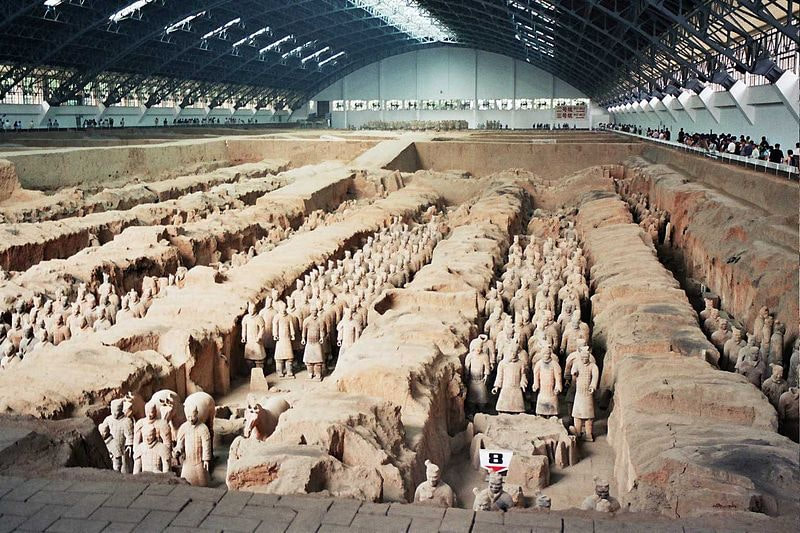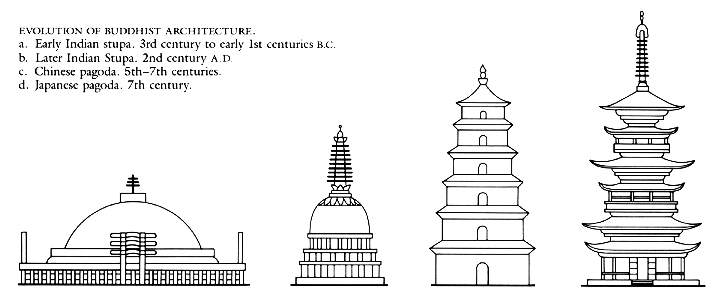- Home
-
PHOTO 1
-
PHOTO 2
-
PHOTO 3
- INFO >
- CLASS NOTES
-
ASSIGNMENTS
>
- STUDIO LIGHTS
- Composing: Creating an Abstract or Geometric Composition
- Composing: Creating an Abstract or Geometric Composition
- EMPHASIS ON COLOR THEORY
- DESIGNING IN B&W
- Formal and Informal Portraits
- CUBIST PORTRAITS
- NATURAL LIGHTING
- COMPOSITION - SCAVENGER HUNT
- STREET PHOTOGRAPHY
- MANDALA
- NIGHT
- RHYTHM & REPETITION
- PATTERNS & RHYTHM WITH LIGHT
- STUDIO PORTRAITURE
- PHOTOGRAM - MEMOIRS - THE DIGITAL VERSION
- HDR Landscapes
- PORTFOLIO
- VIDEOS
- HANDOUTS
- GALLERY
-
AP 2D ART + DESIGN
- INFO >
- SUMMER PROJECT
- SUSTAINED INVESTIGATION
- ELEMENTS + PRINCIPLES
- STUDIO LIGHTS
-
ASSIGNMENTS
>
- DESIGNING IN B&W
- COLOR THEORY
- TRIPTYCH
- SUSTAINED INVESTIGATION #1
- SUSTAINED INVESTIGATION #2
- SUSTAINED INVESTIGATION #3
- SUSTAINED INVESTIGATION #4
- SUSTAINED INVESTIGATION #5
- SUSTAINED INVESTIGATION #6
- SUSTAINED INVESTIGATION #7
- SUSTAINED INVESTIGATION #8
- SUSTAINED INVESTIGATION #9
- SUSTAINED INVESTIGATION #10
- ABSTRACT & GEOMETRIC COMPOSITION
- STUDIO PORTRAITURE
- TEXTURES & ABSTRACTIONS FROM THE...
- WEBSITE PORTFOLIO
- CLASS NOTES
- HANDOUTS
- VIDEOS
- GALLERY
- 3D ART 1
- 3D ART 2
- 3D ART 3
- Contact
THE ART OF CHINA
(209 BCE - 1400 CE)
|
CONTENT: What do you see?
FORM: The details (what you see more exactly). How the artist delivers the content. CONTEXT: Everything NOT observable. FUNCTION: The intended purpose of the work. APAH 250 Images:China:
193. Terra Cotta Warriors 194. Funeral banner of Lady Dai (Xin Zhui) 195. Longmen caves, Luoyang, China 206. Forbidden City - front gate - Hall of Supreme Harmony - The Palace of Tranquility and Longevity 201. Travelers among Mountains and Streams, Fan Kuan 204. The David Vases 212. Chairman Mao En Routeto Anyuan Korea: 196. Gold and jade crown 205. Portrait of Sin Sukju Vocabulary
|
KEY IDEAS |
|
CONTEXTThe arts of South and Southeast Asia represent some of the world’s oldest, most diverse, and most sophisticated visual traditions. Many of the world’s great religious and philosophic traditions developed in these regions with distinctive religious art forms to support the beliefs and practices. India’s ancient worldview that dominated South Asia:
a: differentiated earthly and cosmic realms of existence, b: recognized certain sites or beings as sacred, c: understood time and life as cyclic. The religions developed - Hinduism, Buddism, Jainism, Sikhism - sought spiritual development, release, or divine union through religious methodologies and social practices. Adding to India’s worldview were preexisting animistic and popular beliefs from Southeast Asia from India’s attempts at colonization. Religious practices are iconic, and figural imagery of divinities and revered teachers plays a prominant role. South and Southeast Asia also supported foreign cultures and religions including Greco-Roman, Christianity, and Islamic cultures from West and Central Asia. Islamic influence is strong in India, Malasia, and Indonesia, due to partial control of Islamic sultanates from 1000 - 2000 CE. Today, South and Southeast Asia have the world’s largest Muslim population. Architecture is frequently religious in function. Temples intended to house deities or shrines were constructed or rock cut. Rock cut caves containing Buddhist imagery, shrines, stupas, and monastic spaces span from India through Central Asia to China. Islamic architecture takes two major forms: secular (forts & palaces) and religious (mosques & tombs). Islamic mosques are decorated with non-figural imagery, including calligraphy and vegetal forms. All mosques have a Qibla wall facing Mecca, with a Mihrab, a focus for prayer. Artistic and architectural traditions are deeply rooted in Asian aesthetics and cultural practices. Painting styles in India favor contour drawing of forms over modeling, and calligraphy was an important art form in Islamic art in architecture, decorative objects, ceramic tiles, and manuscripts. Practice of Asian religions necessitated the development of novel art and architecture forms to support them. The cultures were interconnected through trade and politics and trade greatly affecting development of art and culture by way of the Silk Route and maritime networks. These routes were vital for the transmission of cultural ideas and practices. |
RELIGIONS DEVELOPEDHinduism: Many different sects of Hinduism. Belief in the infinite variety of the divine: nature, gods, humans. Orthodox Hindus accept the Vedic (ancient Sanskrit) texts as divine. Vedic texts assign Brahmins (a caste of ritual specialists). Enlightenment, or reaching Nirvana, ends the cycle, through good deeds and living a devotional life to charities, religious fervor, and love of all.
|


















